Southwest Airlines Pilots Association or SWAPA is requesting that the Boeing 737-7 MAX 7 and 737 MAX 10 models receive a waiver from Congress’ new requirement to have EICAS or Engine Indicating and Crew Alerting System (EICAS) installed. So with SWAPA members having different 737s to fly throughout the duty day – SWAPA is attempting to retain cockpit commonality.
Why cockpit commonality matters to SWAPA
The importance of cockpit commonality is key to Southwest Airlines and other airlines that use multiple models of Boeing 737 for their operations. Each model of the 737 MAX is intended to right-size the 737 MAX airframe to route demand. Cockpit commonality reduces training costs, increases safety, and allows airlines to deploy pilots to airframes as best fits the airline management’s needs to schedule both.
As per what SWAPA President Casey Murray shared with "The Seattle Times'" Dominic Gates, as published on October 7, 2022,
“Our pilots fly many cycles in a day. Some of our pilots can touch three or four, even five, aircraft in a day. … The commonality is our issue, and we believe that it makes for a safer operation.”
This should be placed in the context of Southwest Airlines’ scheduling issues. Recently not just SWAPA but also TWU Local 556 representing the Southwest flight attendants held informational picketing events protesting Southwest Airlines’ dated scheduling system. Murray also told Simple Flying last month this situation has exploded to where “We might use seven or ten pilots to really correct one, one problem.” These issues arose before Southwest Airlines starts to accept – according to ch-aviation.com, 239 MAX 7s – thereby why Murray’s SWAPA is publicly concerned about cockpit commonality.
The issue can be best summarized as if two Simple Flying Airlines pilots at Metaphor Airport can only fly the MAX 8 while the MAX 7 is also creating a scheduling problem. The metaphorical MAX 7 is being actively prepared to fly the next flight to Profit Airport may lack pilots. Even if the MAX 7 does have trained pilots able to understand the unique cockpit to fly the MAX 7 to Profit Airport – say from the airline’s bank of reserve pilots. The MAX 8 pilots must stay with the MAX 8 airframe they flew in or hope a spare MAX 8 airframe is available to generate revenue to fly the next MAX 8 flight from Metaphor Airport to Punctuation Airport. Of course, there is the risk of another repeat of dozens of 737 MAX jetliners grounded in the real world.
Southwest Airlines’ historical concerns about 737 cockpit commonality
Cockpit commonality is not a new concern coming from Southwest Airlines’ leadership. When Southwest Airlines was transitioning from the original and classic 737 models to the 737 Next Generation (600/700/800/900), according to “Flying Blind: The 737 MAX Tragedy and the Fall of Boeing” by Peter Robison – they got Boeing to write software showing the old round gauges on the digital displays. But when Southwest pilots found the newer displays more informative, all the pilots had to do was press one button.
Plus as "Boeing 737: The World's Most Controversial Commercial Jetliner" by Graham M. Simons explained, the 737 MAX’s evolution of the 737 design;
“To keep costs down, as with all previous iterations, the redesign had to lie within the original 1968 FAA certification of the type and not be looked upon officially as a new airliner. … In its marketing literature comparing the MAX to the earlier Next-Generation 737, Boeing wrote: ‘same pilot type rating, same ground handling, same maintenance program, same flight simulators, same reliability.’”
As such, the 737 MAXs were intended to only require minimal training to transition. Thanks to the issues with the 737 MAX, the training now includes a simulator check. As per a Southwest Airlines website on the MAX, nine 737 MAX simulators were installed to train each pilot plus, "Computer-based training modules reviewing MAX procedures and operations, as required both by the FAA and Southwest." Nonetheless, the Southwest Airlines CEO at the time - Gary Kelly - made clear last year Southwest remains committed to flying only Boeing 737 models.
MAX 7 is also in trouble, not just MAX 10
So while some focus on the most extended 737 MAX variant in the MAX 10, and understandably so – the MAX 7 Southwest Airlines has committed to is also in the same situation of seeking certification before the deadline to install new cockpit systems. The MAX 7 will almost certainly not be certified for US commercial flight in 2022, which means that cockpit commonality is at risk. Nobody wants a repeat of 737 MAX airframes warehoused at backwater airports, as pictured below:
To prevent another such situation as arose when the Boeing 737 MAX had catastrophic issues with its Maneuvering Characteristics Augmentation System (MCAS) that caused two crashes and the FAA now requires regular flight control checks and more; Boeing is committed to cockpit commonality across the MAX family. Quoting a Boeing statement given to Simple Flying last month;
We have heard from airline customers and aviation safety experts in recent months concurring with our approach to maintain commonality in the flight deck across the 737 MAX family.
The most significant sticking point is that the United States Congress has passed a law – namely the Aircraft Safety and Certification Reform Act – which requires all aircraft certified on or after January 1, 2023 to have this cockpit system called EICAS to help pilots address in-flight situations before they become emergencies… or worse.
EICAS explained
EICAS or Engine Indicating and Crew Alerting System (EICAS). As per the above YouTube, EICAS provides and prioritizes alerts to aircrew. EICAS can warn of ground proximity, traffic, and more.
EICAS is not easy to retrofit onto an existing airplane. Furthermore, according to "Flying Blind: The 737 MAX Tragedy and the Fall of Boeing" by Peter Robison – EICAS is a logical evolution from the 737 cockpit design. As Robison explains in his book;
"Older planes—like the 737—showed the status of the plane’s various mechanical systems with translucent buttons that had a comparatively primitive “yes/ no” logic. When a button marked, say, low oil pressure, blinked on, it was the pilot’s cue to turn to the handbook or a memorized procedure. The EICAS, by contrast, showed the fuel level, oil temperature, and other important indicators in real time. If a fault was detected, a message popped up giving pilots more detail about how to handle it."
So clearly, EICAS represents a significant change in how a cockpit informs pilots about aircraft status. Such a change would require more training and again create two types of SWAPA member pilots – those trained on the MAX 7 EICAS and those not.
In other Southwest 737 MAX news…
On the way home from covering the Air Tahiti Nui Seattle-Tahiti launch, Simple Flying swung by Renton Municipal Airport to see the 737 MAX Herb Kelleher tribute livery. This Simple Flying profile of the late Herb Kelleher is worth a read to learn about his legacy.
A zoom on the MAX winglets and engines is appropriate here. One should note that the MAX AT winglets is said to offer up to a 2.2% reduction in fuel usage, potentially saving Southwest hundreds of millions of dollars annually. The MAX 737 8 also comes with new CFM International LEAP-1B engines, which are more efficient than the 737-800. Altogether, the 737 MAX family is 14% more fuel-efficient than the 737NG family, an essential factor for low-cost carriers like Southwest.
As the late Herb Kelleher shared in a 2017 National Public Radio (NPR) interview;
“Well, I think it was the allure of doing something different, doing something that was exciting. I really always have had a great deal of curiosity. And then I thought to myself, well, you know, most of the adults in the United States of America haven't been able to fly because of the cost barrier. .. You know, they just thought it was business people on expense accounts. And so what I'm saying is that, in terms of market analysis, there was a huge untapped market for flying out there.”
In 2021, Southwest Airlines hauled over 99.1 million passengers with an average fare of $154.88, according to its full-year results on January 27, 2022. Kelleher’s Southwest Airlines keeps tapping into a "huge untapped market for flying".
What are your thoughts? Please share yours with civility in the comments below.
Sources: “Boeing 737: The World's Most Controversial Commercial Jetliner” by Graham M. Simons, “Flying Blind: The 737 MAX Tragedy and the Fall of Boeing” by Peter Robison, NPR, Seattle Times

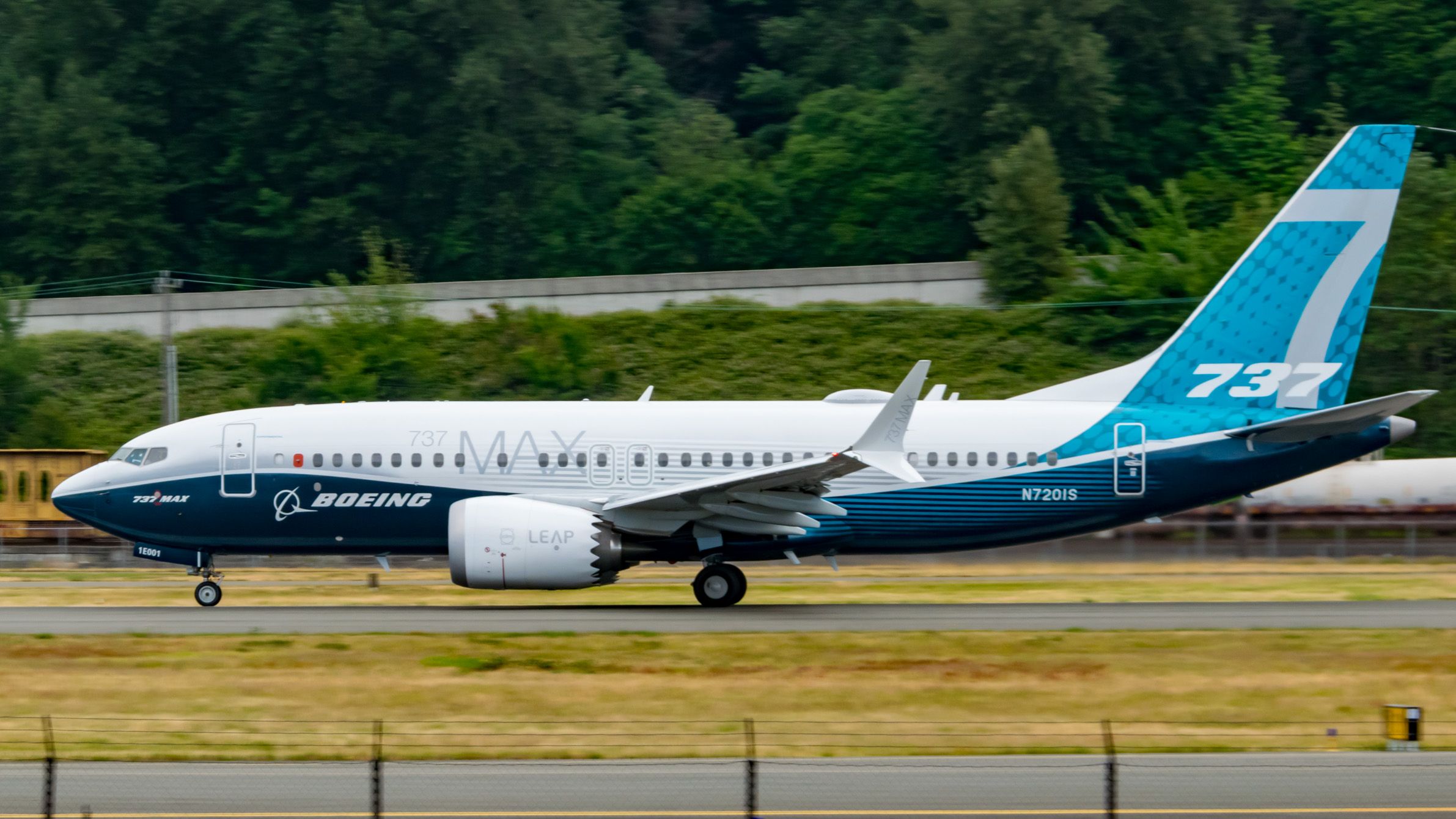
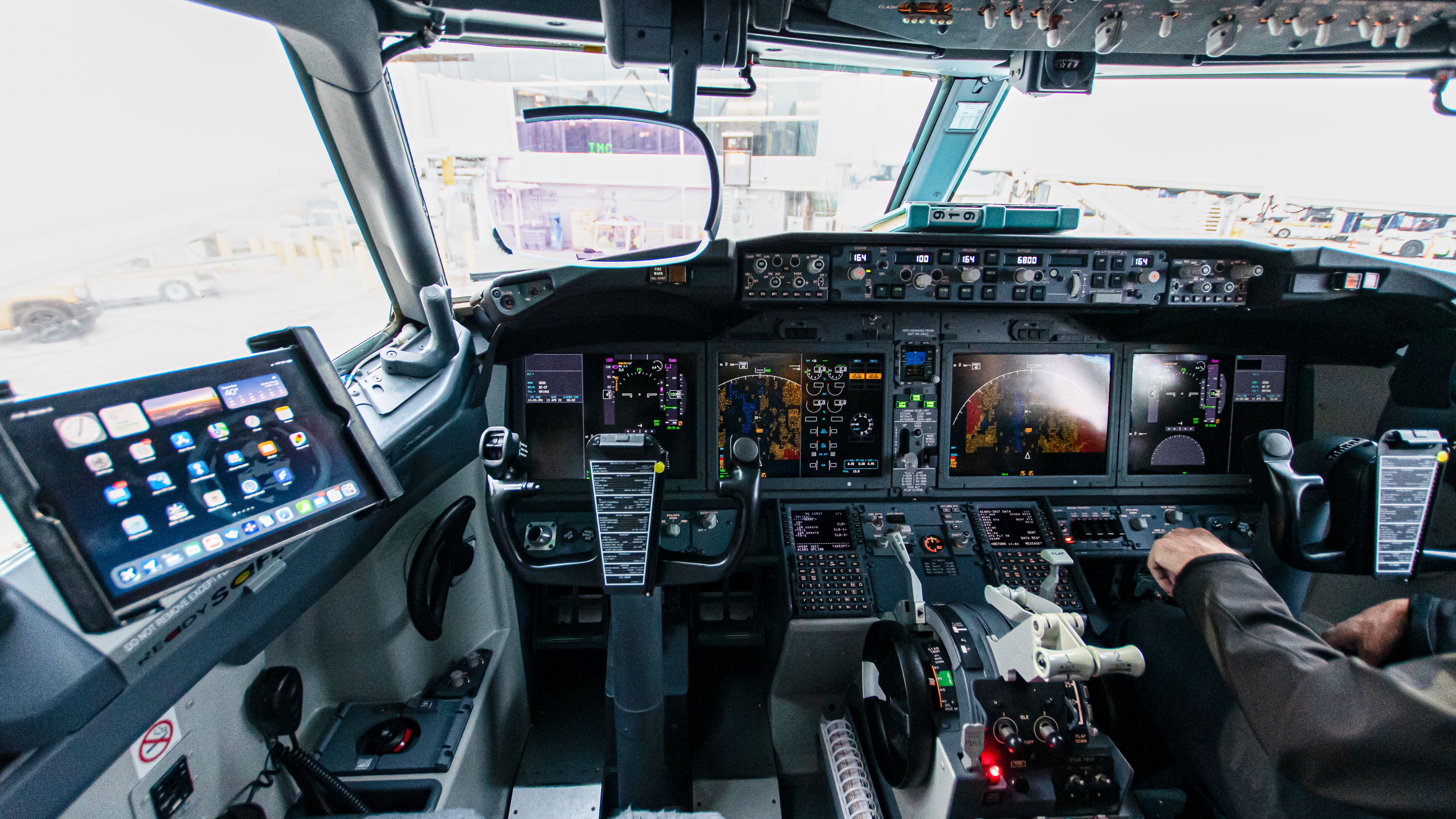
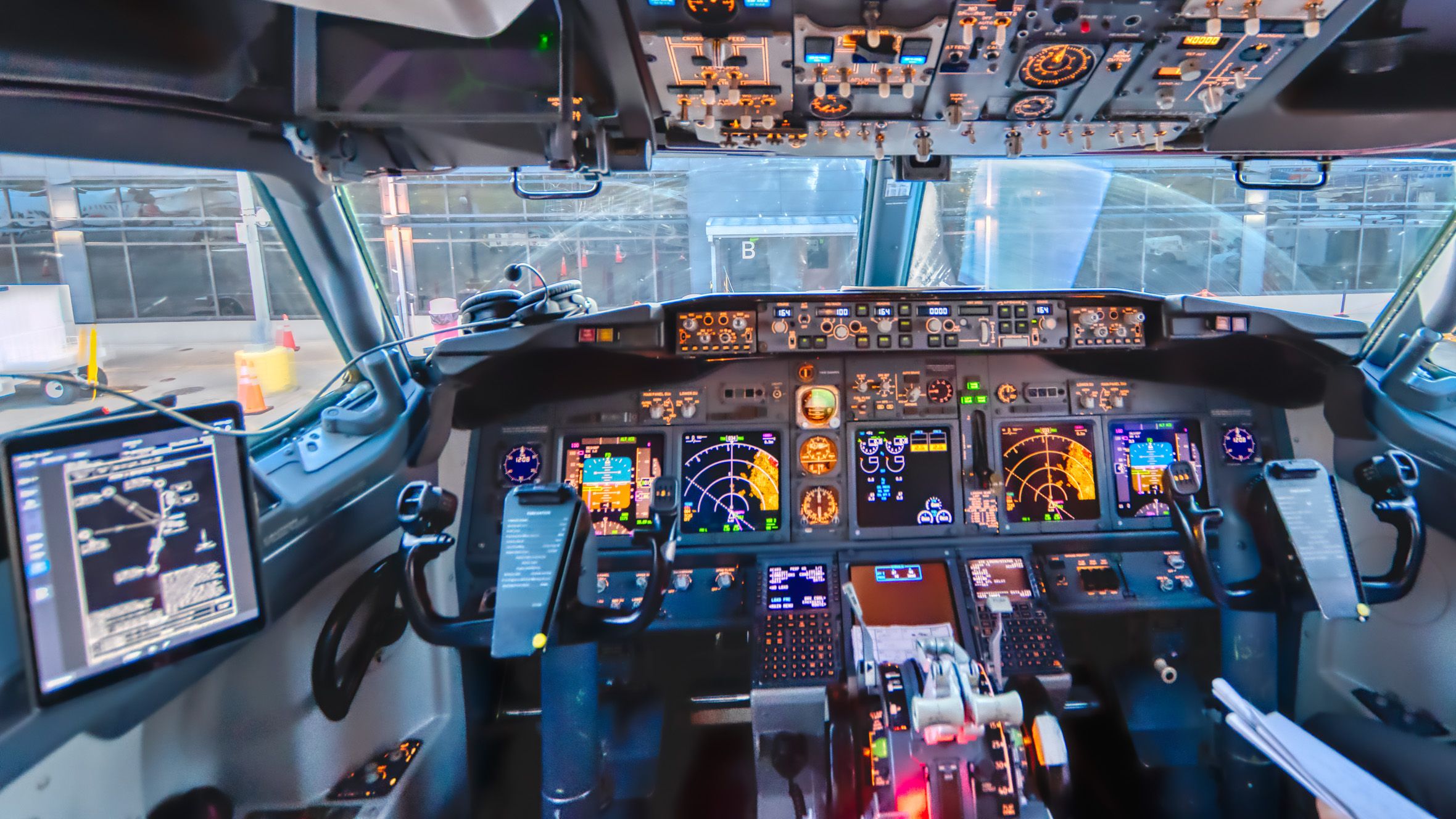
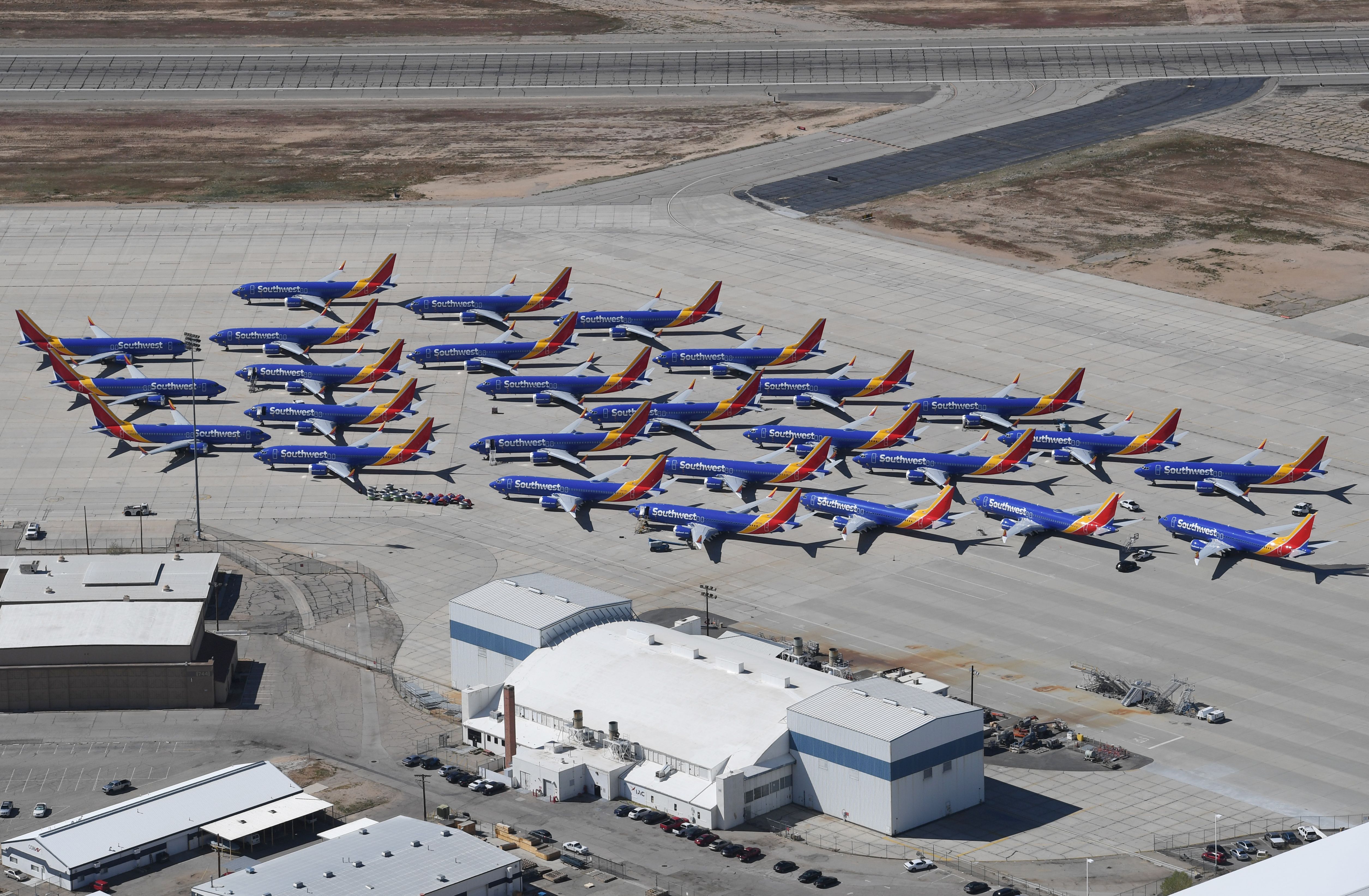
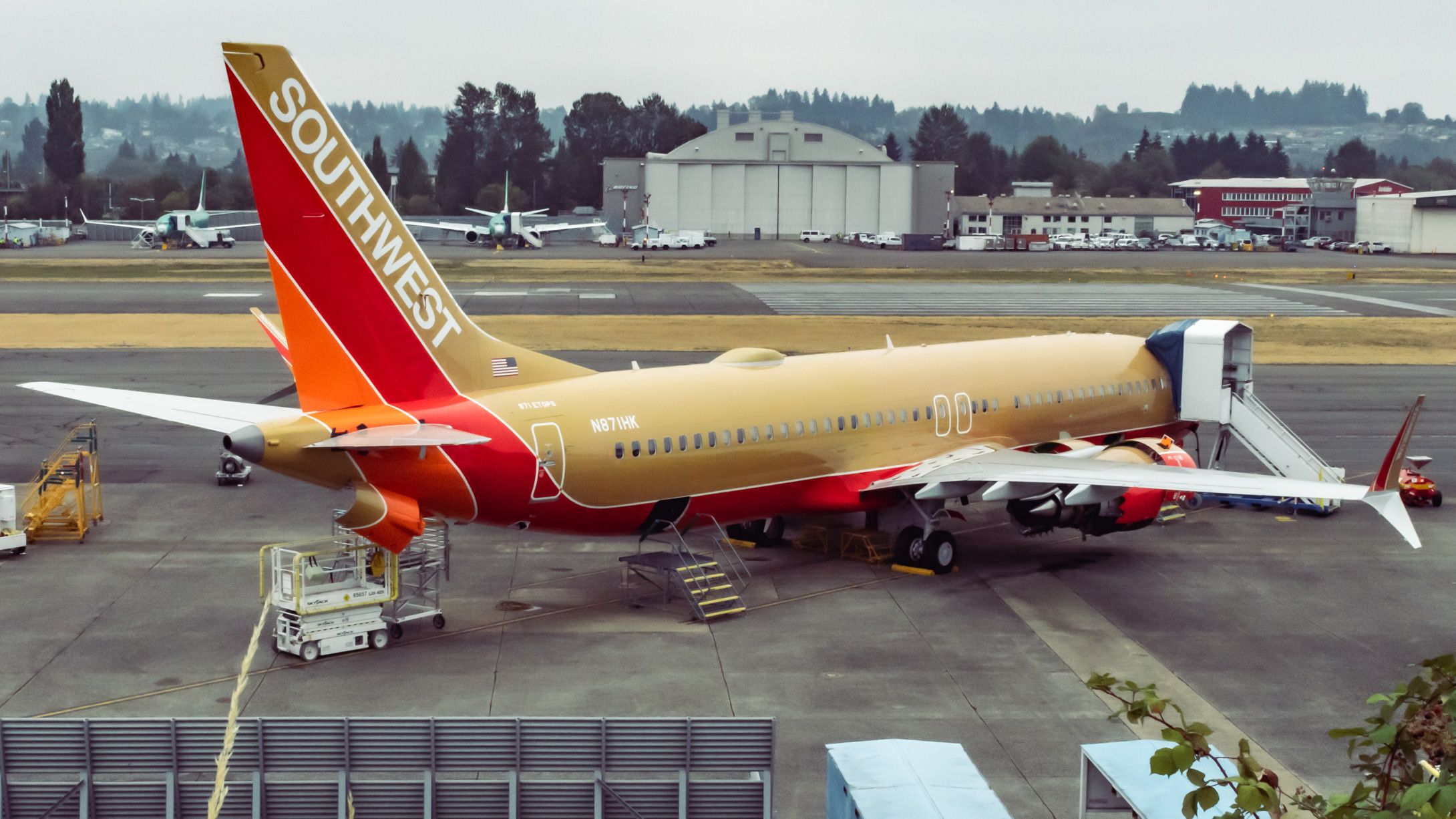
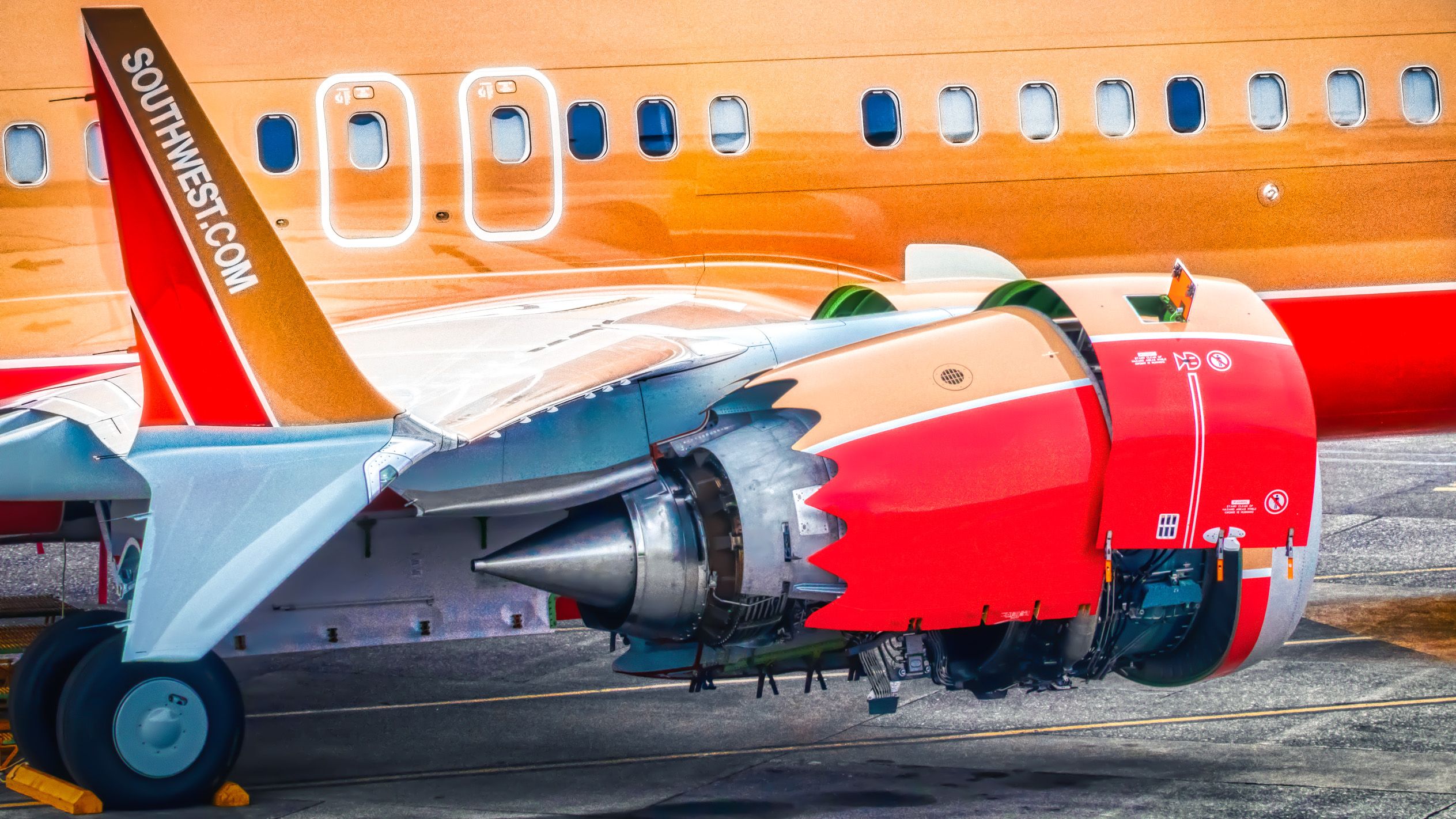
.jpg)